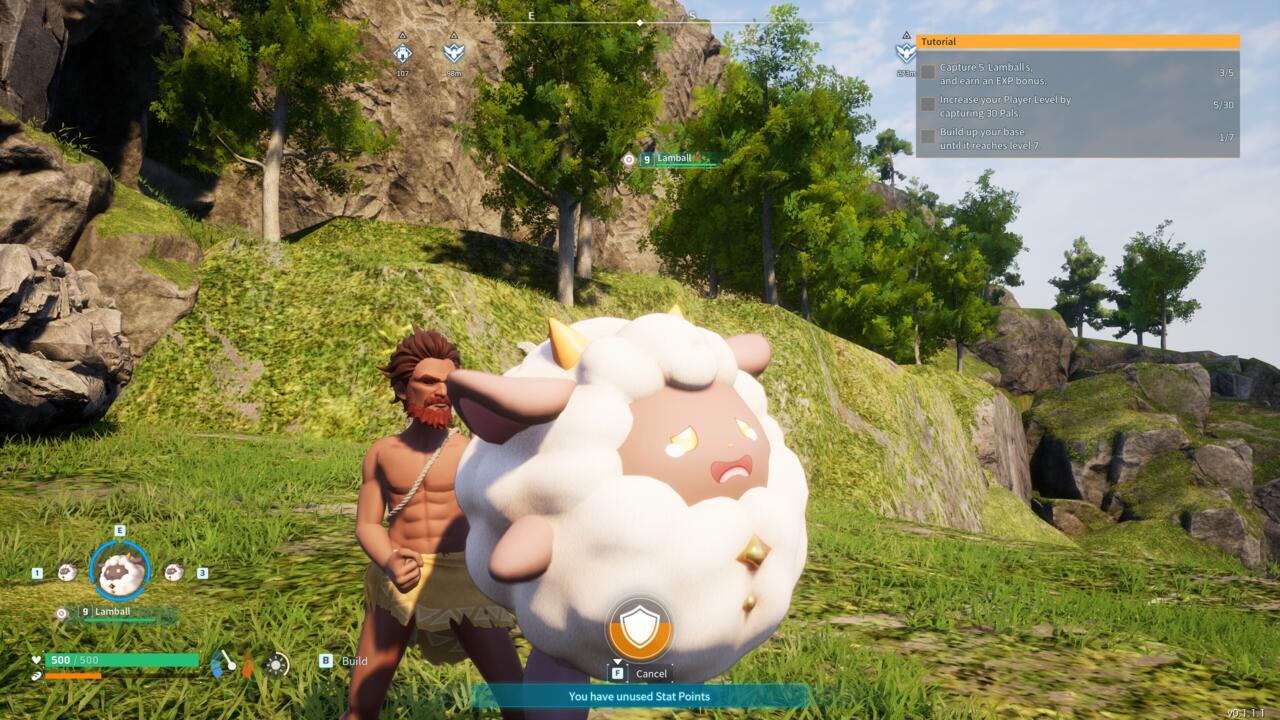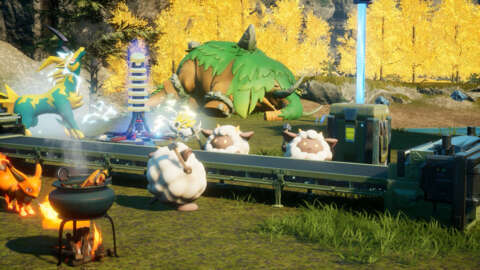Have you heard about the controversial creature collector game that has stirred up some discomfort among players? In this game, players capture wild animals, displacing them from their natural habitats, making them engage in battles, and even breeding them for personal gain. Many of the creatures have unsettling backstories involving death and dismemberment.
Despite the cute designs of these creatures, the game portrays a world that exploits its wildlife for fame and fortune. This has become a focal point of criticism, particularly from gamers expecting a wholesome and cozy experience but finding themselves confronted with simulated animal exploitation. It’s an unsettling experience, reminiscent of the criticism often directed at Pokemon.

Surprisingly, I’m not referring to Palworld. For the first time in the genre, a creature collector game has openly acknowledged its exploitative gameplay systems, and I appreciate the honesty.
In Palworld, the latest addition to the Pokemon-inspired games, the usual cognitive dissonance present in this genre has finally diminished. It stands out as perhaps the most cynical creature collector game I’ve ever played, providing a refreshing perspective in a genre that typically strives to present itself as joyous and heartfelt.
Palworld fully embraces its depictions of exploitation and violence, pushing boundaries to a level that leaves me in awe.
In Palworld, the routine of capturing animals, making them fight, and working them tirelessly in a home base is portrayed in a manner closer to a sweatshop or even a labor camp. It delves into darker territories than Pokemon, TemTem, or any of its predecessors.
What sets Palworld apart is its refusal to shy away from the implications of its world, unlike previous family-friendly games that aimed to conceal the dark side of their narratives. Palworld doesn’t shy away; it’s not cheerful.

Players can even increase Pal’s workload to “cruel” and “brutal” settings, using their labor—literally their blood, sweat, and tears—to automate in-game processes. The Pals can suffer from stress ulcers and depression and, according to the in-game measurement, even lose their minds.
Capturing Pals involves physically beating them with fists or melee weapons, and the game goes as far as allowing players to use one of them as a living (and notably crying) bullet shield. Another Pal, named Hangyu, takes the form of a noose and has a backstory involving human torture. It’s over-the-top, arguably grotesque, but undeniably honest.
When I look at Palworld, I don’t see it as seeking laughs through “edge lord” humor or as a biting satire on cognitive dissonance. Nor do I view it as commenting on economic systems and workforce exploitation. In fact, I don’t think Palworld intends to convey any specific message at all.
Palworld seems like a game that combines elements from major games and genres, such as Pokemon, modern Zelda, and survival-crafting, in an effort to attract attention and sell copies. The development team doesn’t appear to have contemplated the severity of its story universe beyond the fact that removing moral considerations benefits the gameplay loop. The game seems to believe that casting Pals as slaves enhances the gaming experience.
While other creature collectors often try to mask their darker elements with bright colors, Palworld doesn’t hold back. It’s shameless and seems impervious to criticism, at least on this particular subject. Playing Palworld gives a nihilistic impression, and it’s proven successful, with the game achieving massive popularity on Steam and Xbox, selling over one million copies in its first eight hours.
Pocketpair, the developer, identified successful elements in popular games, incorporated them into Palworld, and seemingly never cared to sugarcoat the exploitative practices of its Pal Tamers. It embraced them because it believed it would enhance the gameplay. Palworld, in its pursuit of popularity and profitability, is cynical, uncomfortable, and amoral. But unlike Pokemon and similar games, it doesn’t pretend to be otherwise.







